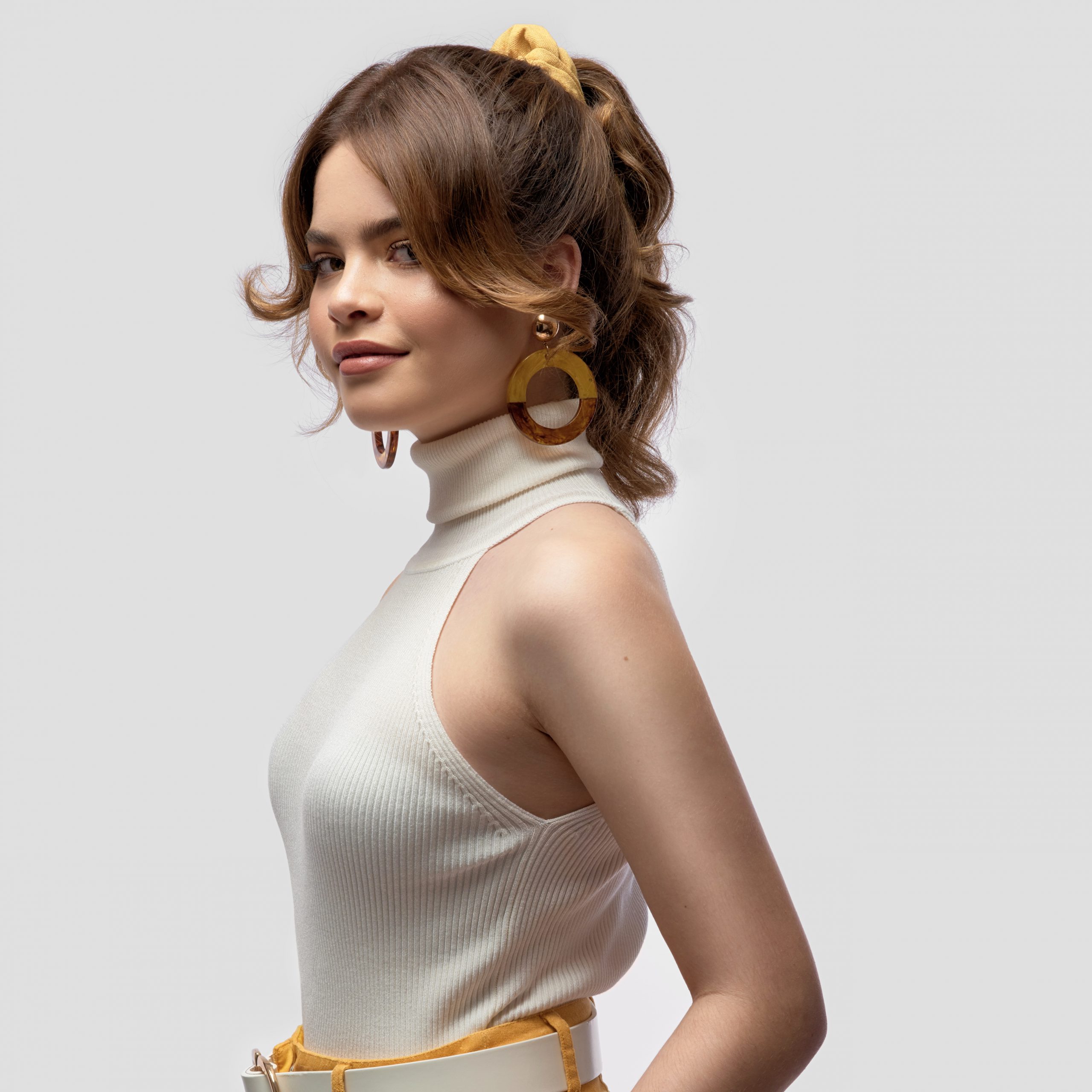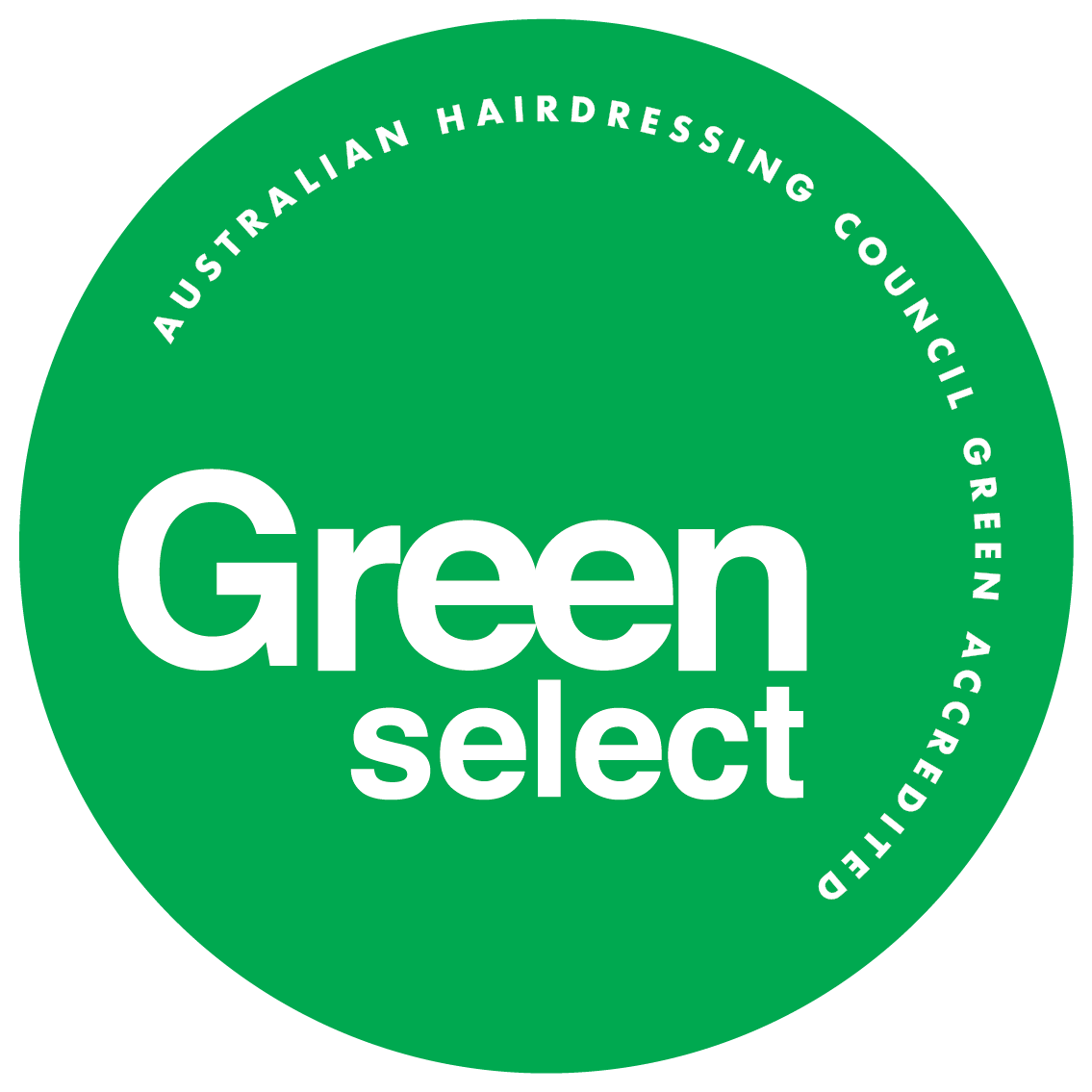Ah, Summer. The smell of sunscreen and smoke fills the air as we all dream of afternoon storms, leisurely swims, beach holidays, ice blocks, barbeques, day drinking and seemingly endless sunshine. The idyllic Australian summer reigns supreme in our minds. At least until that first wave of humidity and 30+ temperatures hits us in December and we all remember the other part of summer; scorching sand on our bare feet, aloe vera soothing neon red sunburn, drowning tourists and children that won’t go to sleep because “it’s still day time!”. At 8.30pm. The longed for days of sun stretching out before us suddenly don’t seem quite so fabulous when we start seeing ads about skin checks and the old ‘Slip, Slop, Slap’ song rings in our ears.
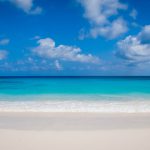
An affinity with the sun is almost a prerequisite to call yourself Australian, but unlike our First Nation people, most of the inhabitants of this country really aren’t physically equipped to deal with the harsh reality of the Australian weather. Our geographical location means our exposure to harmful UV radiation is extreme. Nowadays we are all drilled about the dangers of the sun on our skin and the damage it can cause from a very young age but most of us are still woefully under educated about the damage to our hair.
I’m sure most of us have heard the terms UVA and UVB bandied about over the years, but if you are in the category of people (like most of us!) that have no idea what that actually means, let me help you out! UV stands for Ultra Violet, which is the -invisible to our eye- light wave of energy produced by the Sun. The A and the B refer to the different lengths of the energy wave. Fun little side note; Ultraviolet light is the wavelength produced just after visible light waves, which is why violet is the hardest colour to perceive – It’s the shortest wavelength in the visible light spectrum. Rumour also has it that the reason so many supervillains have purple coloured clothing is due to association with Ultraviolet radiation affecting them during failed science experiments. Genius Scientist + UltraViolet = Supervillain??? Interesting theory anyway!
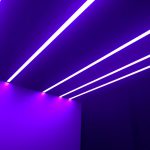
UVA are the longest of the UV rays, infiltrating deep into the cells of skin and hair. UVB rays are shorter and tend to mostly affect the external surface of these cells. You might be interested to note that there are actually 3 different UV wavelengths but UVC is the shortest wave so it’s pretty much absorbed by the ozone before it can even get close to hitting us. It’s like the middle child of the family, always forgotten about and ignored like it doesn’t even exist. Sorry UVC, I hope you can forgive us for this gross lapse in acknowledgment!
Unlike skin, exposing your hair to UV rays won’t have any potentially fatal effects, thank goodness. But that doesn’t mean your hair is immune from any damage. When UV rays hit your hair they begin to break down the keratin proteins that make up 95% of your hair. Imagine your hair is Superman and the sun is kryptonite – exposure can rapidly deplete the super strength it once had. Dryness, brittleness, breakage and frizz are just a few of the after effects of extended sun exposure on your hair. Artificially altered colour is another casualty when faced with those pesky UV light waves. Fading and discolouration are common, as the pigments are slowly lightened by these powerful rays. Pretty stunning abilities really, but not overly helpful if you actually wanted to keep your hair looking good!

So how do you combat such a powerful force? As we can’t really call in the X-Men or the Avengers for hair emergency’s (can we?) I recommend my old friends – home hair care. Our hair does have a natural defence to the sun – melanin – but like our skin this is entirely dependent on genetics. The higher concentration of melanin in your hair the less likely you are to suffer damage, but having darker hair isn’t necessarily helpful. It is entirely possible that your dark pigments are not densely packed in but are loosely packed, which means they are much more easily removed. Fabulous for lightening services, less fabulous for protection. Which leaves most of us requiring assistance on the protection front.
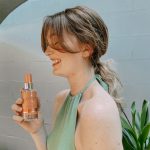
Products containing UV filters will be your saviour. UV filters either absorb or reflect UV rays creating a barrier much like a sunscreen on your hair. Most colour saving products will contain a UV filter but the most effective products usually come in the form of a solar or sun care range. These products often contain deep cleansing, hydrating and smoothing properties as well as UV filters to restore your hair as it shields it.
Sunscreen, sunglasses, shirt, shade and hats are all essential as we embark of the delightful experience of summer in Australia but why not add a new S. Sheild – aka protect your hair with a UV filter so it’s not just the sun that shines throughout the summer. Or I might give that Thor a call – those thunderstorms really cover the sun….
Sarah


